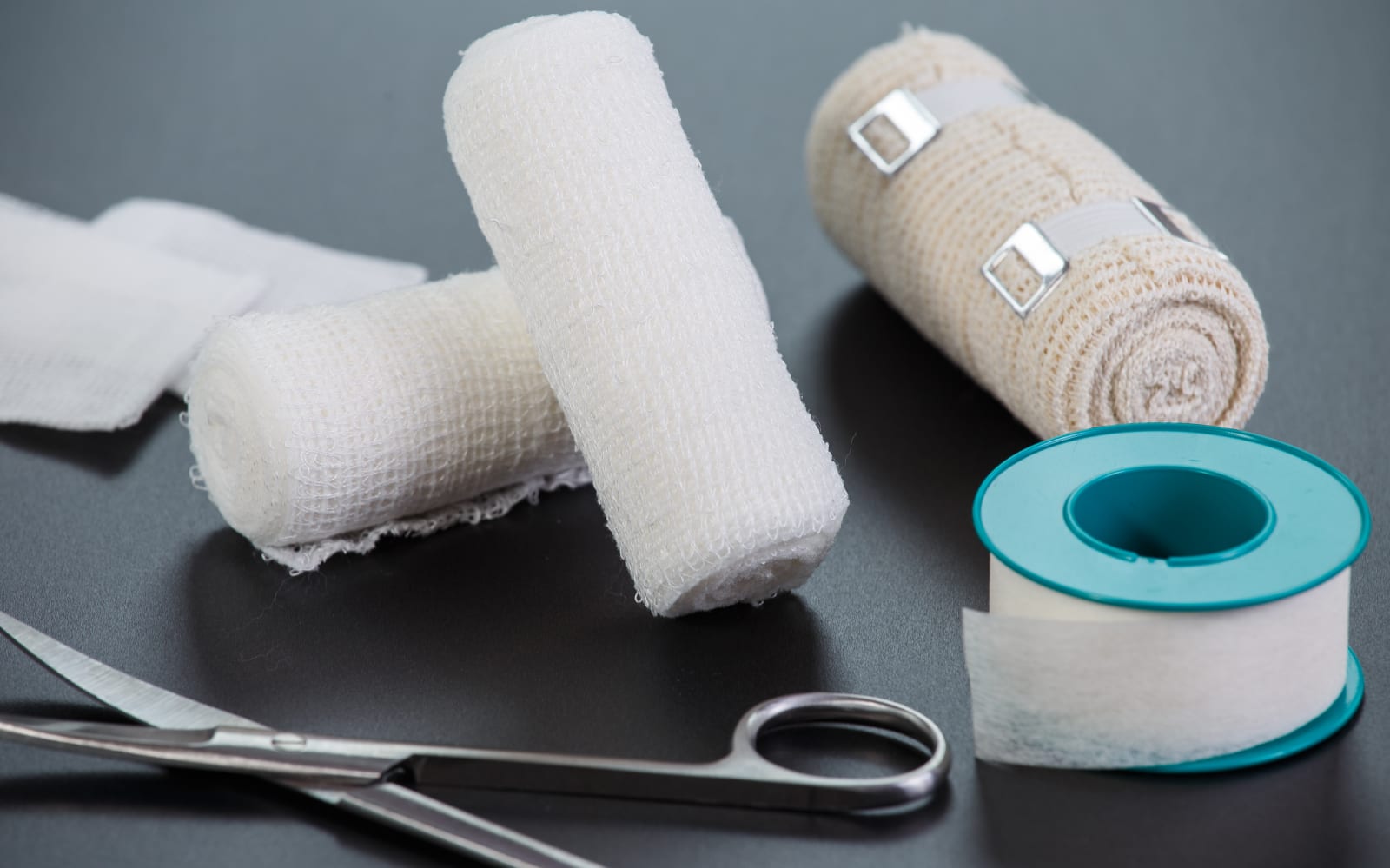
Ultrasound is likely most often associated with sonograms, but some MIT engineers are poised to change that. By using two separate beams of inaudible sound waves (one at low-frequency, the other high) the team were able to increase the permeability of skin, in a bid to improve the efficiency of transdermal drug delivery. The technique works thanks to the waves exciting bubbles in a fluid (such as water), forcing them to swell and move chaotically. Once the bubbles reach a certain size they implode, sucking the surrounding fluid into the void. This process creates micro-jets of liquid, which cause miniscule tears in the skin, allowing it to (painlessly) absorb chemicals more effectively. In practice, a pre-treated area of skin is then covered with a patch containing the correct dose of drugs -- but don't worry, the skin is said to grow back just a few hours later.
Up until now, research into ultrasonic administration of drugs has concentrated on low-frequency waves, because the higher end of the spectrum doesn't have enough energy to pop the bubbles. Higher frequencies do, however, help create more of them and also limits their lateral movement. By using both high- and low-frequencies, the MIT engineers found this produced better over all results, by not only increasing the skin's uptake of the medicine, but also increasing the number of drugs that can be delivered this way. With pretty much anything that is usually delivered in capsule form being on the cards, this could make the administration of many popular drugs much more convenient and / or effective. Also excellent news for those who really don't like needles.
Continue reading MIT engineers use ultrasound for improved topical drug administration (video)
Filed under: Science, Alt
MIT engineers use ultrasound for improved topical drug administration (video) originally appeared on Engadget on Wed, 19 Sep 2012 04:23:00 EDT. Please see our terms for use of feeds.
Permalink  Gizmag
Gizmag |
 MIT
MIT |
Email this |
Comments
 It may sound dramatic, but antibiotic resistance is one of the biggest threats to global health. According to the World Health Organization (WHO), it's urgent that we change the way we prescribe and use antibiotics. One approach might be to use banda...
It may sound dramatic, but antibiotic resistance is one of the biggest threats to global health. According to the World Health Organization (WHO), it's urgent that we change the way we prescribe and use antibiotics. One approach might be to use banda...
 It may sound dramatic, but antibiotic resistance is one of the biggest threats to global health. According to the World Health Organization (WHO), it's urgent that we change the way we prescribe and use antibiotics. One approach might be to use banda...
It may sound dramatic, but antibiotic resistance is one of the biggest threats to global health. According to the World Health Organization (WHO), it's urgent that we change the way we prescribe and use antibiotics. One approach might be to use banda...
 Scientists have created a new life form that's something between a frog and a robot. Using stem cells scraped from frog embryos, researchers from the University of Vermont (UVM) and Tufts University assembled "xenobots." The millimeter-wide blobs act...
Scientists have created a new life form that's something between a frog and a robot. Using stem cells scraped from frog embryos, researchers from the University of Vermont (UVM) and Tufts University assembled "xenobots." The millimeter-wide blobs act...


